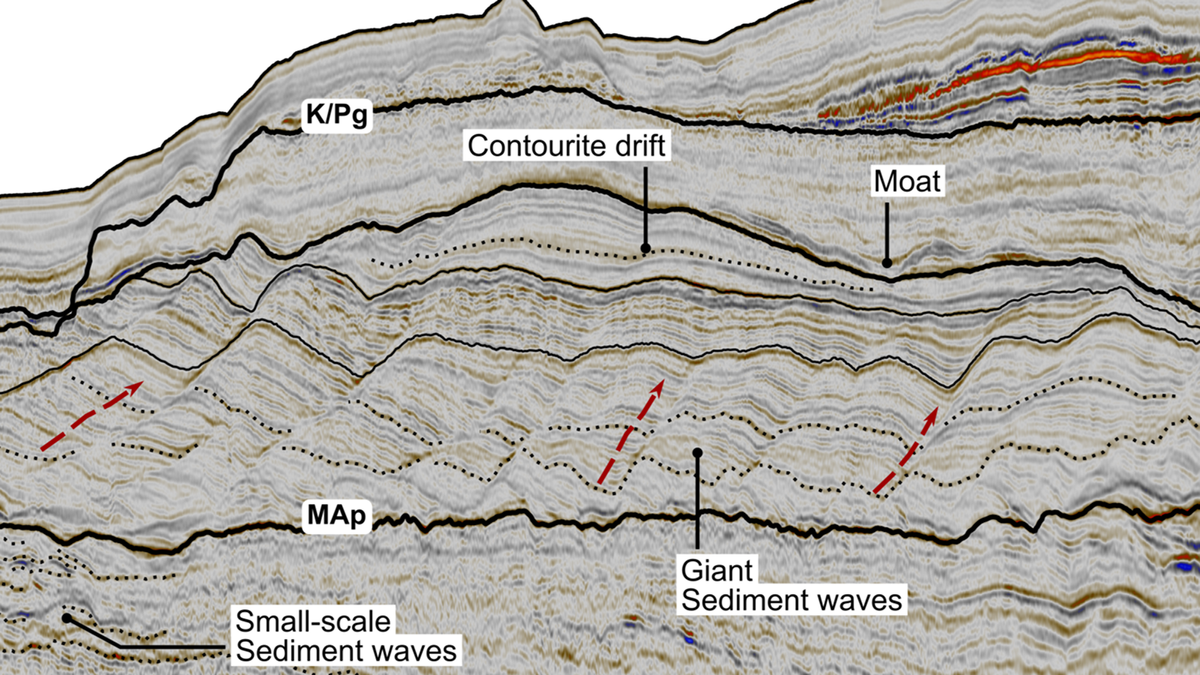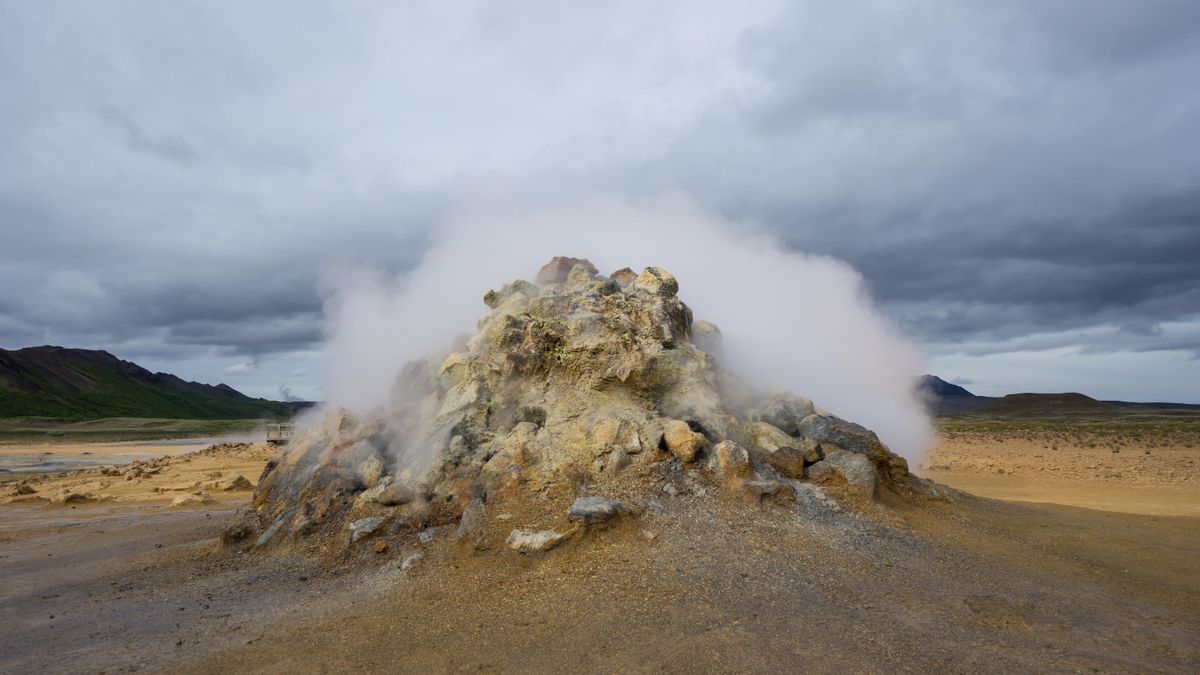Now Reading: Massive Mud Waves Uncover Atlantic’s Formation After Africa-South America Split
-
01
Massive Mud Waves Uncover Atlantic’s Formation After Africa-South America Split
Massive Mud Waves Uncover Atlantic’s Formation After Africa-South America Split

Quick Summary
- Researchers discovered large “mud waves” buried off teh coast of Western Africa, under the Atlantic Ocean.
- The waves, which are hundreds of feet high and nearly a mile long, formed as South America and Africa separated 117 million years ago.
- This geological process involved mixing highly saline waters from the South Atlantic with less salty waters from the North Atlantic, creating significant underwater currents that shaped these mud waves.
- Earlier estimates suggested the Atlantic Ocean formed between 113 and 72 million years ago; this study now pushes its creation back by at least 4 million years.
- Sediment cores drilled in 1975 confirmed Earth’s surface is split into tectonic plates that gradually shifted to form oceans like the Atlantic.
- The formation of the ocean weakened carbon sequestration in basins rich in carbon deposits during this period, contributing to global warming between 117-110 million years ago before climate conditions stabilized.
!Diagram of mud waves found
(Image credit: courtesy of D Duarte et al/heriot-Watt University)
!Separation process illustration
(Image credit: courtesy of D Duarte et al/Heriot-Watt University)
!Reconstruction image
(Image credit: courtesy of D Duarte et al/Heriot-Watt University)
Indian Opinion Analysis
This discovery has limited direct implications for India but contributes considerably to broader geological knowledge that impacts our understanding of Earth’s history. By pinpointing how oceans have evolved over millions of years-including their influence on global climate change-it helps refine scientific models used internationally.For Indian policymakers and scientists engaged in climate research or marine geology studies (e.g., around India’s coastline), these findings could indirectly aid efforts to assess ancient climatic shifts or ocean behaviors relevant to South Asia.
Moreover, understanding tectonic plate dynamics reinforces India’s approach toward studying seismic activity given its position along plate boundaries that influence events like earthquakes. Thus, while India is geographically removed from this specific phenomenon, such advancements underscore interconnections within planetary science where foundational learnings benefit regional contexts.























